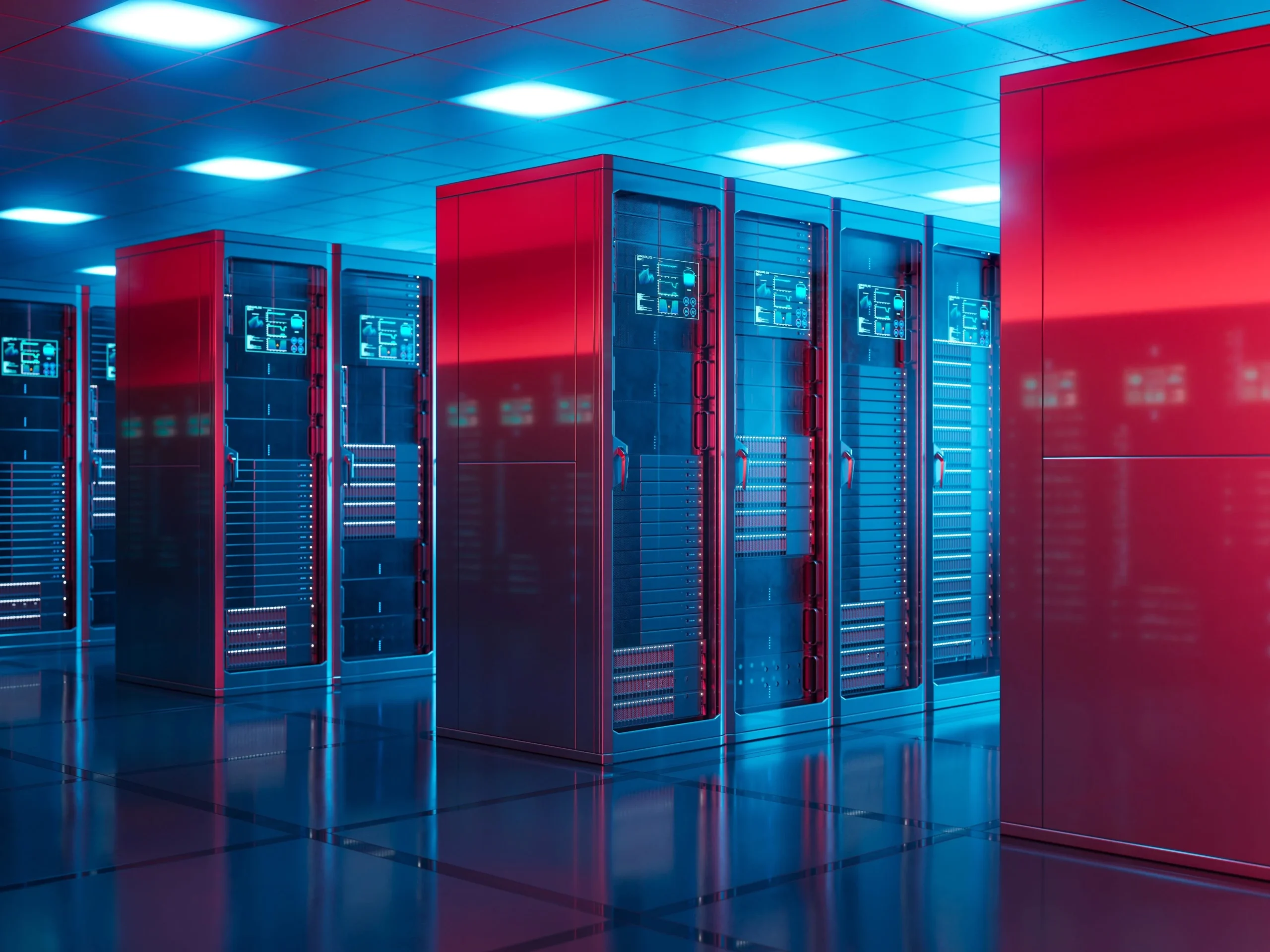Introduction: The Energy Appetite of AI The rapid proliferation of artificial intelligence (AI) technologies is revolutionizing industries but also significantly increasing global electricity consumption. As AI systems become more integral to our daily lives and businesses, their energy requirements are growing at an unprecedented pace, posing new challenges for energy sustainability worldwide.
AI and Global Electricity Demand AI technologies, especially large-scale models like ChatGPT, require substantial computational power. For instance, a single AI query can consume much more electricity than a traditional Google search, highlighting the sheer energy intensity of these technologies. Data centers, which house these AI systems, are expected to double their electricity consumption by 2026, reaching levels comparable to major countries’ power usage.
The Strain on Energy Resources Countries around the world, from China to Ireland, are experiencing increased demand due to the expansion of data centers. China, for instance, is pushing the boundaries of data center efficiency with innovative solutions like underwater data centers. Meanwhile, Ireland has seen a 400% increase in data center electricity demand, attributed to tech giants establishing extensive facilities there.
Renewable Energy and AI: A Dual Path Forward As the electricity demand from AI escalates, so does the importance of renewable energy sources. The International Energy Agency (IEA) has noted a significant rise in electricity derived from renewables, which is crucial for supporting sustainable AI growth. In 2024 alone, the U.S. is set to double its utility-scale solar installations, underscoring the shift towards cleaner energy.
Future Projections and AI’s Environmental Impact The environmental impact of AI extends beyond electricity consumption to include factors like water use for cooling data centers and carbon emissions. The complexity of AI’s energy use involves numerous variables, from the geographical location of data centers to the nature of the electrical grid they utilize.
Innovations in AI Energy Efficiency There is ongoing research into making AI operations more energy-efficient. Innovations include refining AI algorithms and developing more advanced hardware that can perform more computations with less power. Additionally, AI itself is being leveraged to optimize energy usage in various sectors, including the power and utilities industry, which faces its challenges with managing demand and integrating renewable sources.
Conclusion: Balancing AI Growth with Sustainability The intersection of AI and energy is a complex but critical area of focus as the world seeks to balance technological advancements with environmental sustainability. With AI’s demand for power expected to rise, significant investments in both technology and renewable energy infrastructure will be essential. The path forward will likely involve a combination of innovative energy solutions, regulatory adjustments, and continued advancements in AI efficiency.







